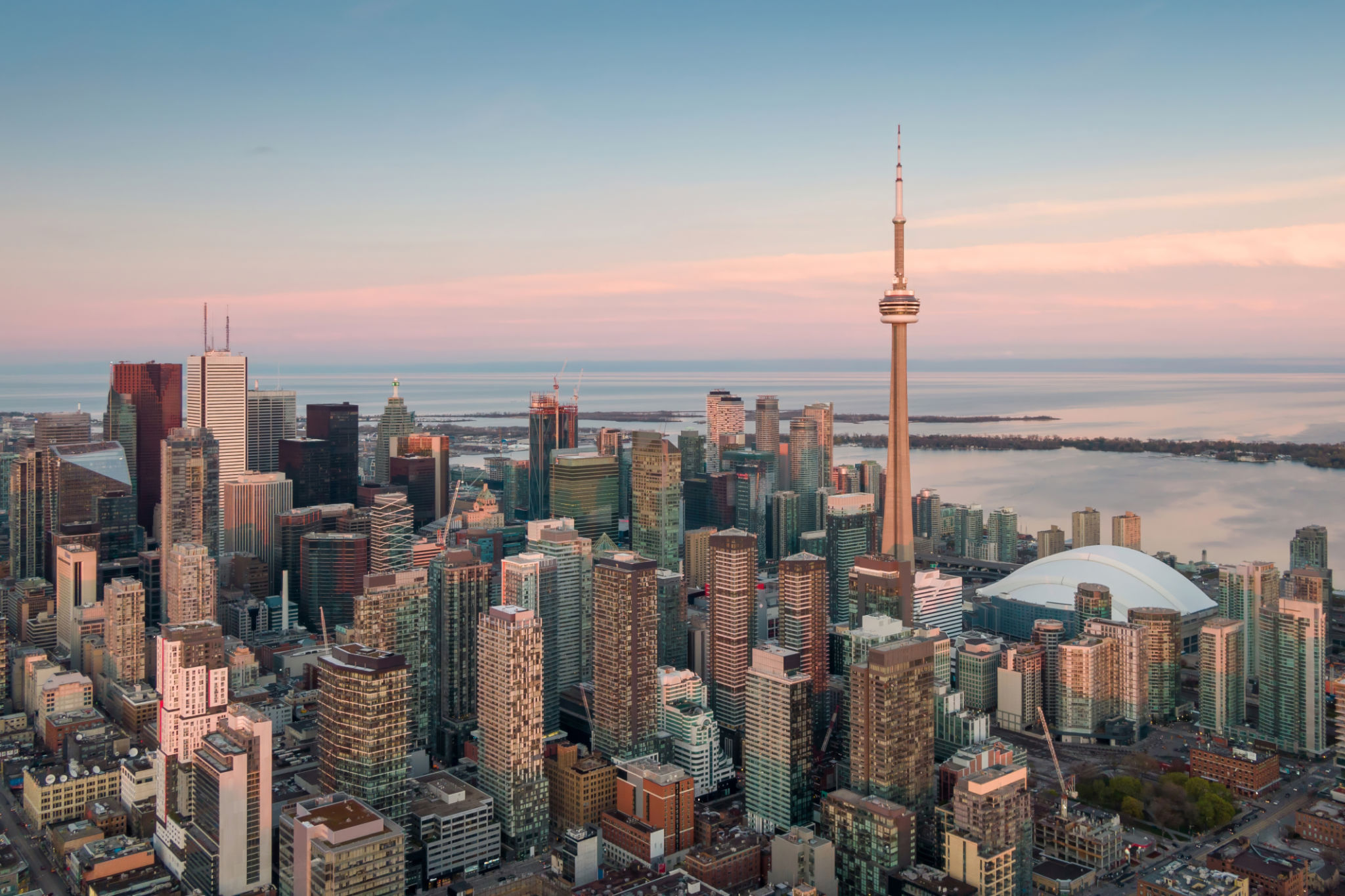Case Study: Successful Use of Sustainable Building Materials for Calgary Sidewalks
Introduction to Sustainable Building Materials
In recent years, sustainable building materials have become a focal point in construction projects around the world. These materials not only reduce the environmental impact but also contribute to the longevity and durability of infrastructure. Calgary, a city known for its commitment to environmental sustainability, has set an exemplary standard by integrating these materials into its sidewalk construction projects.

The Need for Sustainable Sidewalks in Calgary
Calgary’s rapid urbanization has led to increased foot traffic and the corresponding need for durable and environmentally friendly infrastructure. Traditional materials, while effective, often involve significant energy consumption and emissions during production. This has prompted city planners to explore greener alternatives that align with Calgary’s sustainability goals.
By utilizing sustainable building materials, Calgary aims to reduce its carbon footprint while ensuring the longevity of its public spaces. This approach is part of a broader strategy to create a more resilient urban environment capable of withstanding the challenges posed by climate change.
Types of Sustainable Materials Used
The selection of sustainable materials is critical to the success of Calgary's sidewalk projects. Some of the key materials include:
- Recycled Concrete Aggregate (RCA): By using crushed concrete from demolished structures, RCA reduces the need for new raw materials.
- Permeable Pavements: These pavements allow water to pass through, reducing surface runoff and promoting groundwater recharge.
- Fly Ash and Slag Cement: By-products from industrial processes, these materials replace a portion of traditional cement, lowering carbon emissions.

Implementation Challenges and Solutions
While the integration of sustainable materials offers numerous benefits, it does come with challenges. One primary concern is the initial cost, which can be higher than traditional materials. However, Calgary has addressed this by considering the long-term savings from reduced maintenance and increased lifespan.
Another challenge is the potential learning curve associated with new construction techniques. To mitigate this, the city has invested in training programs for contractors and builders, ensuring that they are well-equipped to work with these innovative materials.
Impact on Urban Environment
The use of sustainable building materials in Calgary's sidewalks has had a positive impact on the urban environment. The permeable pavements have significantly reduced stormwater runoff, mitigating flooding risks in areas prone to heavy rainfall. Additionally, the use of recycled materials has decreased the demand for virgin resources, contributing to a circular economy.

Community Response and Feedback
The community response to these initiatives has been overwhelmingly positive. Residents appreciate the city’s efforts to invest in infrastructure that not only enhances daily life but also prioritizes environmental stewardship. Local businesses have also expressed support, recognizing that sustainable development can lead to a more attractive and resilient cityscape.
Surveys conducted by the city have shown that a majority of residents are in favor of continuing the use of sustainable materials in future projects, highlighting a strong community commitment to sustainability.
Conclusion and Future Prospects
Calgary's successful implementation of sustainable building materials in its sidewalk projects serves as an inspiring case study for other cities aiming to balance development with environmental responsibility. The city's proactive approach demonstrates that investing in sustainability can yield substantial benefits for both the environment and the community.
Looking forward, Calgary plans to expand its use of sustainable materials into other infrastructure projects, setting a benchmark for urban development worldwide. With continued innovation and community support, the city is poised to lead the way in creating a more sustainable future.